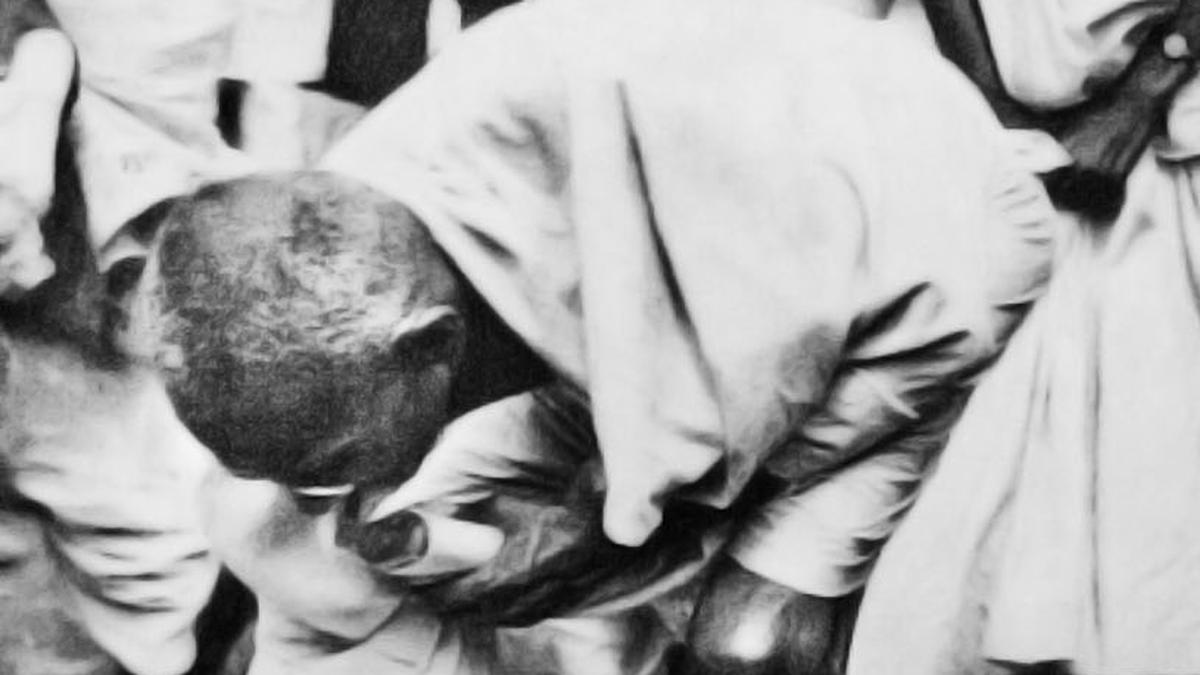The English summer in 1930 was a troubled one for the British Empire. In the 1930 Ashes series, legendary Australian cricketer Don Bradman tore into English bowling, scoring 974 runs (a record still on) with such ferocity that it humiliated the hosts in the Western hemisphere. Contemporaneously, in the grand halls of the Viceroy’s house in Delhi, negotiations with Indian leaders tested the nerves of Lord Irwin in the Eastern hemisphere. Just three months before Bradman’s exploits, Mahatma Gandhi had set out on his legendary march to the Arabian Sea, scooping up a fistful of salt at Dandi, declaring defiance against an unjust tax. To the English, both bat and their crown jewel seemed to be conspiring against their vaunted prestige.
For the world, the Dandi March was a masterstroke of political theatre. Salt, an everyday necessity, became a symbol of oppression and one of liberation. Gandhi’s choice of salt was genius: he transformed the Indian National Congress from an urban debating club into a mass movement. But while most histories have framed the salt issue in economic or political terms, very little has been said about the physiological reality of salt hunger and its tragic consequences in colonial India.

Salt beyond symbolism
Salt is not merely a condiment: sodium chloride is indispensable for human survival. It maintains the balance of fluids in the human body, regulates blood pressure, and allows muscles and nerves to function. Heavy sweating during manual labour drains salt relentlessly in hot, tropical climates like that of India. Deprived of salt, the body cannot maintain its sodium levels, leading to hyponatremia, which is a condition marked by fatigue, cramps, weakness, confusion, and in severe cases, death.
Diarrhoeal diseases, common in 18th and 19th-century India due to poor urban sanitation, worsened matters. Each bout of diarrhoea can strip the body of critical sodium reserves. Without replenishment, rehydration fails, and what begins as “bowel complaints” can end in death. Modern medicine acknowledges this by placing salt at the heart of oral rehydration solutions (ORS). But in colonial India, taxed salt often lay beyond the reach of the poorest families.

Economics of deprivation
Under the Mughals, salt was lightly taxed at around 2.5 % for Muslim traders and 5% for Hindu traders. The British, however, turned salt into a revenue machine. After Robert Clive established the Exclusive Company in 1765, the East India Company enjoyed monopoly rights. Wholesale prices doubled, with tax often accounting for two-thirds of the final price. By the 19th century, a maund of salt could cost around five rupees, while an agricultural labourer earned barely three or four rupees a month.
A family required about 40 pounds of salt annually to remain healthy. To buy this much, a worker had to spend 2.5 to 3.5 months of income. For peasants, that meant living on a perpetual salt deficit. Salt consumption in taxed areas of Bengal was sometimes as low as 8 pounds per adult per year, compared to 13 pounds in regions with untaxed salt. At its peak, the salt tax contributed 8 to 10 % of British India’s general revenue, a staggering figure for a single essential commodity, a revenue that was extracted by depriving Indian bodies of what they needed.
Famines magnified this tragedy. During the famine of the 1800s until till 1943, millions of deaths were officially recorded, though later estimates suggested many more. Measuring daily salt intake is difficult, and in colonial times, the symptoms of hyponatremia were largely unrecognised, often misattributed to vague ailments, making accurate attribution of salt-related deaths elusive. There was no remission on salt duty even during the famine years. Salt hunger then, was both a hidden cause and an aggravating factor in mortality.
To give the British the benefit of the doubt, sodium as a chemical element was isolated only in 1807 by British chemist Humphry Davy, and the clinical understanding of hyponatremia came much later (ironically, in the 1930s). Colonial administrators did not fully grasp that taxing salt was not just an economic imposition but a direct physiological assault on human bodies. Yet it is equally true that had they known, little might have changed. For the empire, revenue mattered more than Indian lives, and racial disdain often blunted compassion.
Gandhi’s insight
In identifying salt, Gandhi elevated the struggle for freedom to a battle for survival. It was Gandhi’s brilliance that recognised salt as the pivot between physiology and politics. By choosing salt, he struck where every Indian, be it the farmer or worker or housewife, felt the pain. No abstract argument about British misrule could mobilise the masses like a handful of salt. His Dandi March in March 1930 was both symbolic and practical. It was an attack on a tax that drained bodies as much as it filled imperial coffers.
Salt today
Salt remained taxed for decades in independent India, though never with such cruelty. With the Goods and Services Tax (GST) introduction in 2017, salt was finally exempted from tax, symbolically recognising its political and historical weight.
Today, the problem is not salt hunger but salt excess. High sodium intake fuels hypertension, heart disease, and stroke. Like much of the modern world, India struggles with the consequences of processed food laden with salt. The story of salt in India is that of a cycle of deprivation and excess. Had Gandhi been alive today, he might have marched not from Sabarmati to Dandi, but perhaps from Dandi to Gandhinagar, urging taxation. Salt, that most ordinary substance then, tells us an extraordinary story of the empire, resistance, and health.
(Dr. C. Aravinda is an academic and public health physician. The views expressed are personal. aravindaaiimsjr10@hotmail.com)
Published – September 25, 2025 06:24 pm IST




